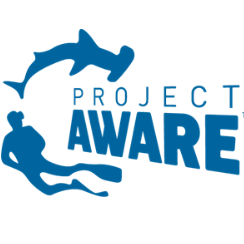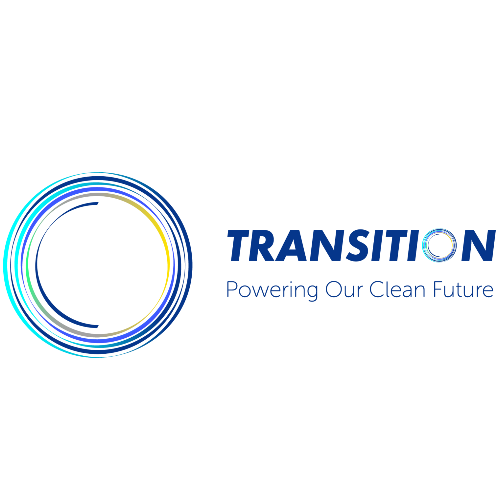In March this year, after 38 hours of talks following nearly two decades of negotiation, nations of the world finally reached a historic agreement to protect the world's oceans.
The High Seas, which makes up more than 60% of the ocean's surface, provides the habitat that supports unique marine species and ecosystems, as well as global fisheries that are important for global food security. As ocean waters have absorbed more than 90% of excess heat, these waters also play a crucial role in buffering the impacts of climate change.
Protecting International Waters
The High Seas Treaty strives for the sustainable use of marine resources and the conservation of marine biodiversity on the high seas that lie 200 nautical miles beyond national territorial waters. It aims to achieve this by declaring 30% of the world's oceans protected areas by 2030, in order to protect marine life and allow marine systems to recover.
The last international ocean protection agreement, the UN Convention on the Law of the Sea, which established the concept of an international zone beyond national territorial waters called the high seas, was signed more that 40 year ago, back in 1982. While this treaty gave all countries the right to access and use this area for shipping, fishing, and conducting research, with just over 1% of these waters protected, they were offered very little protection from the impacts of shipping, climate change, and overexploitation.
The High Seas Treaty aims to change that. However, the negotiations, which began in 2004, have been dragging along for years, largely due to disagreements relating to fishing rights and funding.
Rights to Marine Genetic Resources an Area of Contention
One of the major stumbling blocks to the negotiation was the equitable sharing of marine genetic resources — biological material derived from marine fauna and flora that can be beneficial to society, for example the potential for being used in pharmaceutical products, food or supplements, or industrial processes. While rich nations have the financial and technological resources to explore the deep ocean and harvest potentially valuable resources, poor nations don't want to be excluded from the benefits they offer.
The newly signed High Seas Treaty offers a legal framework for funding marine conservation initiatives and for managing access to and utilization of marine genetic resources.
According to UN Secretary-General, António Guterres, the treaty is crucial for addressing the three key challenges the planet is currently facing: climate change, loss of biodiversity, and pollution.
"It is also vital for achieving ocean-related goals and targets of the 2030 Agenda for Sustainable Development, and the Kunming-Montreal Global Biodiversity Framework," said Guterres, referring to the pledge made at the UN Biodiversity Conference, COP-15, held in Montreal, Canada in December 2022, to protect 30% of the planet's lands and inland waters, as well as of marine and coastal areas, by the end of the decade.
The High Seas Treaty will allow for the establishment of marine protected areas in international waters which will help attain the goals outlined above. Marine protected areas restrict fishing and deep sea exploration activities, such as mining of the ocean floor, as well shipping lanes.
Deep Sea Mining a Concern
There are concerns that mining of the ocean floor could disturb breeding habitat, and generate noise and toxic emissions that could be disruptive or harmful to marine life. The High Seas Treaty limits mining activities in protected areas, and will ensure any exploration activities conducted in the deep ocean will be undertaken in a responsible manner.
According to the International Seabed Authority, which is responsible for issuing mining licenses, "any future activity in the deep seabed will be subject to strict environmental regulations and oversight to ensure that they are carried out sustainably and responsibly".
A Pivotal Step Towards the 2030 Agenda for Sustainable Development
However, while this historical agreement has been signed, it will take some time to implement. Countries will need to reconvene to formally ratify the Treaty, and then institutional bodies and committees still need to be set up before the real work begins. Only then can marine protected areas be declared and goals outlined to meet the ocean-related goals and targets of the 2030 Agenda for Sustainable Development.
Sources:
https://www.bbc.com/news/science-environment-64815782
https://news.un.org/en/story/2023/03/1134157
https://edition.cnn.com/2023/03/04/world/un-oceans-treaty-biodiversity-climate-intl/index.html










